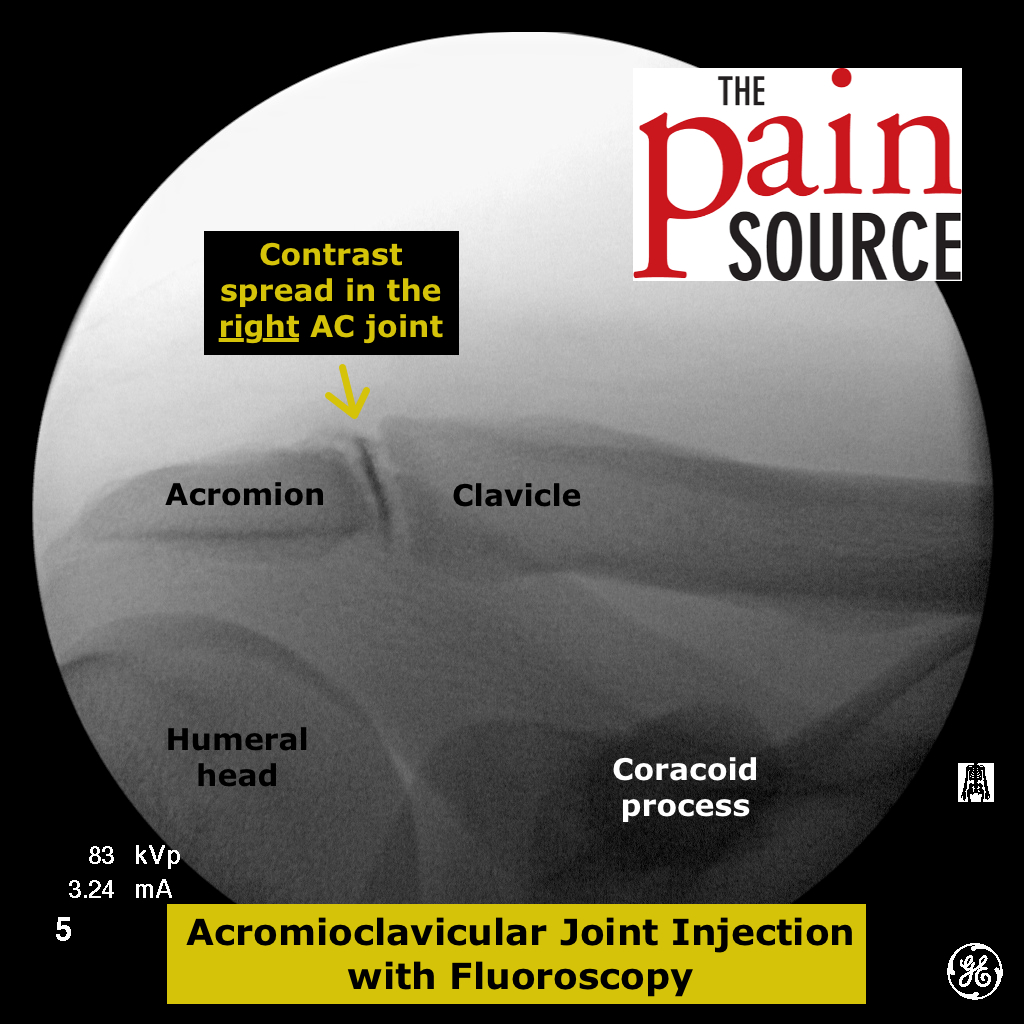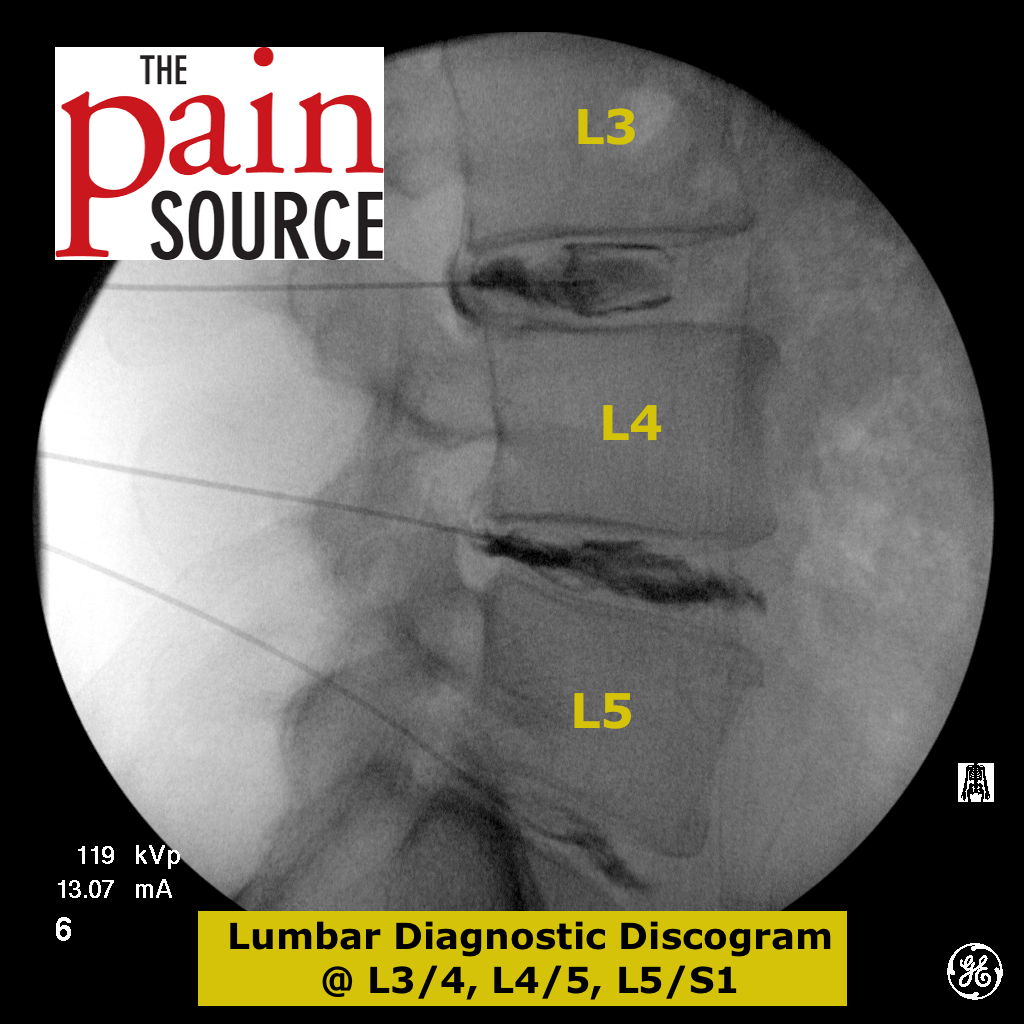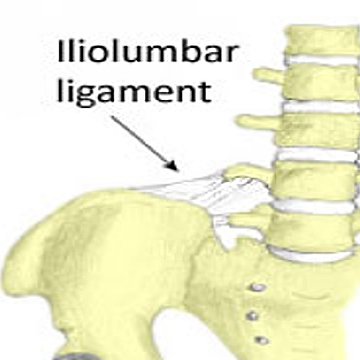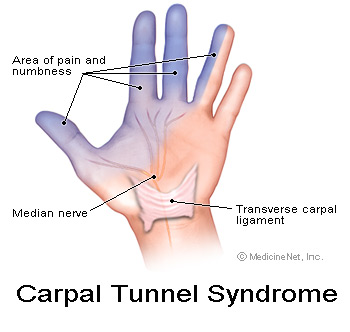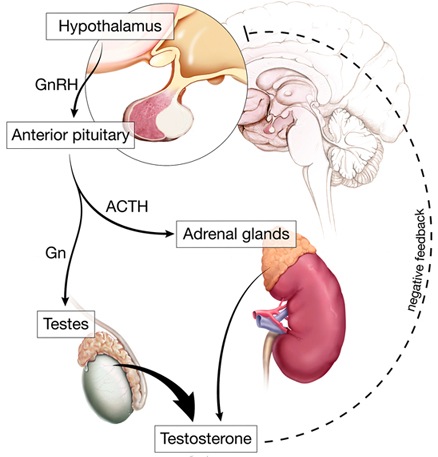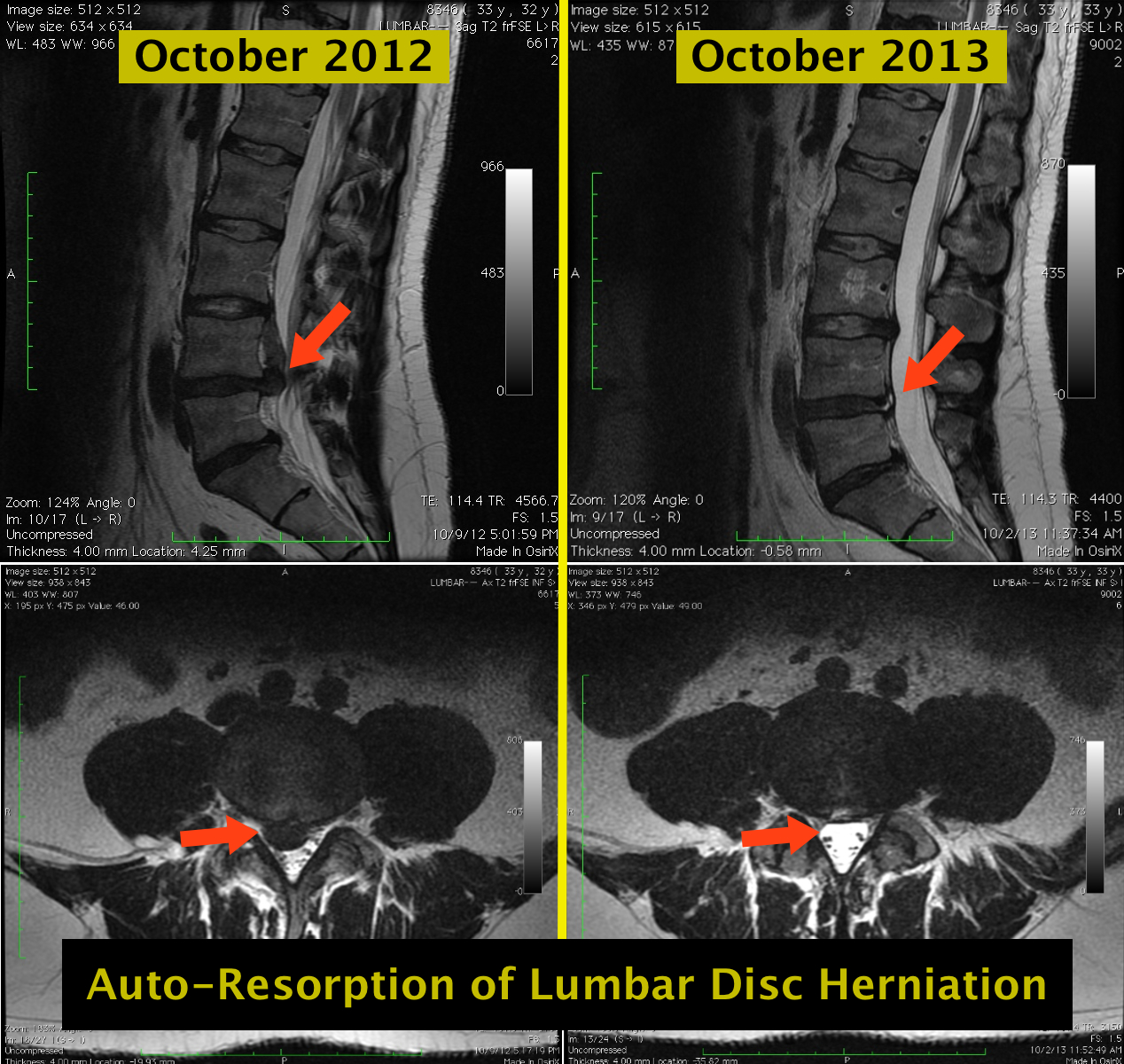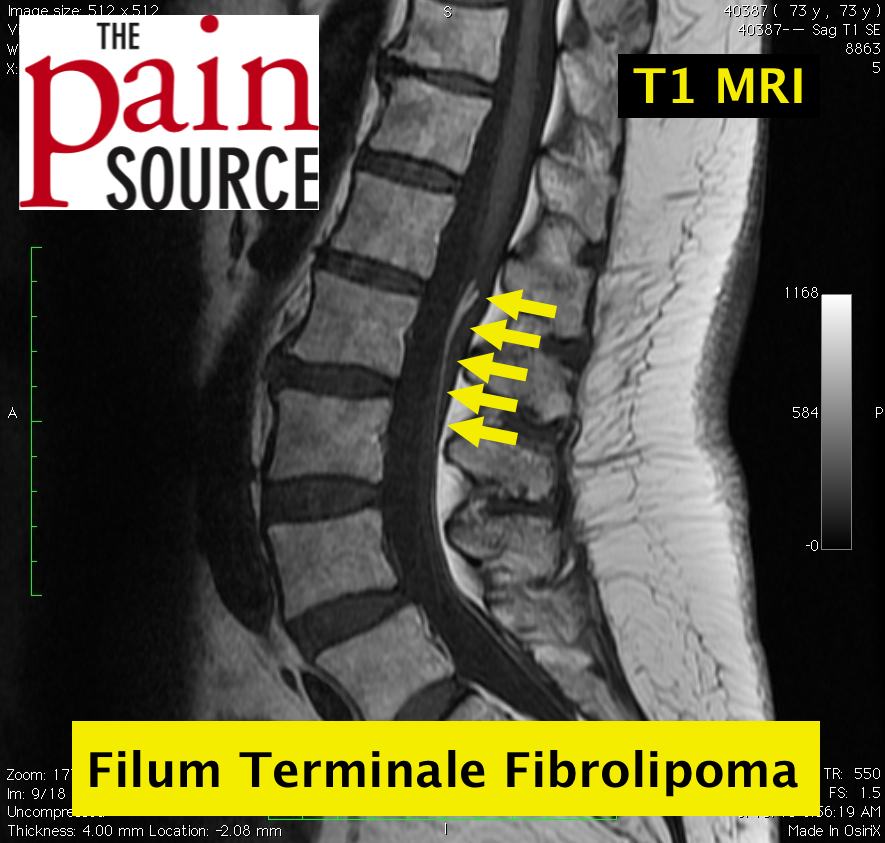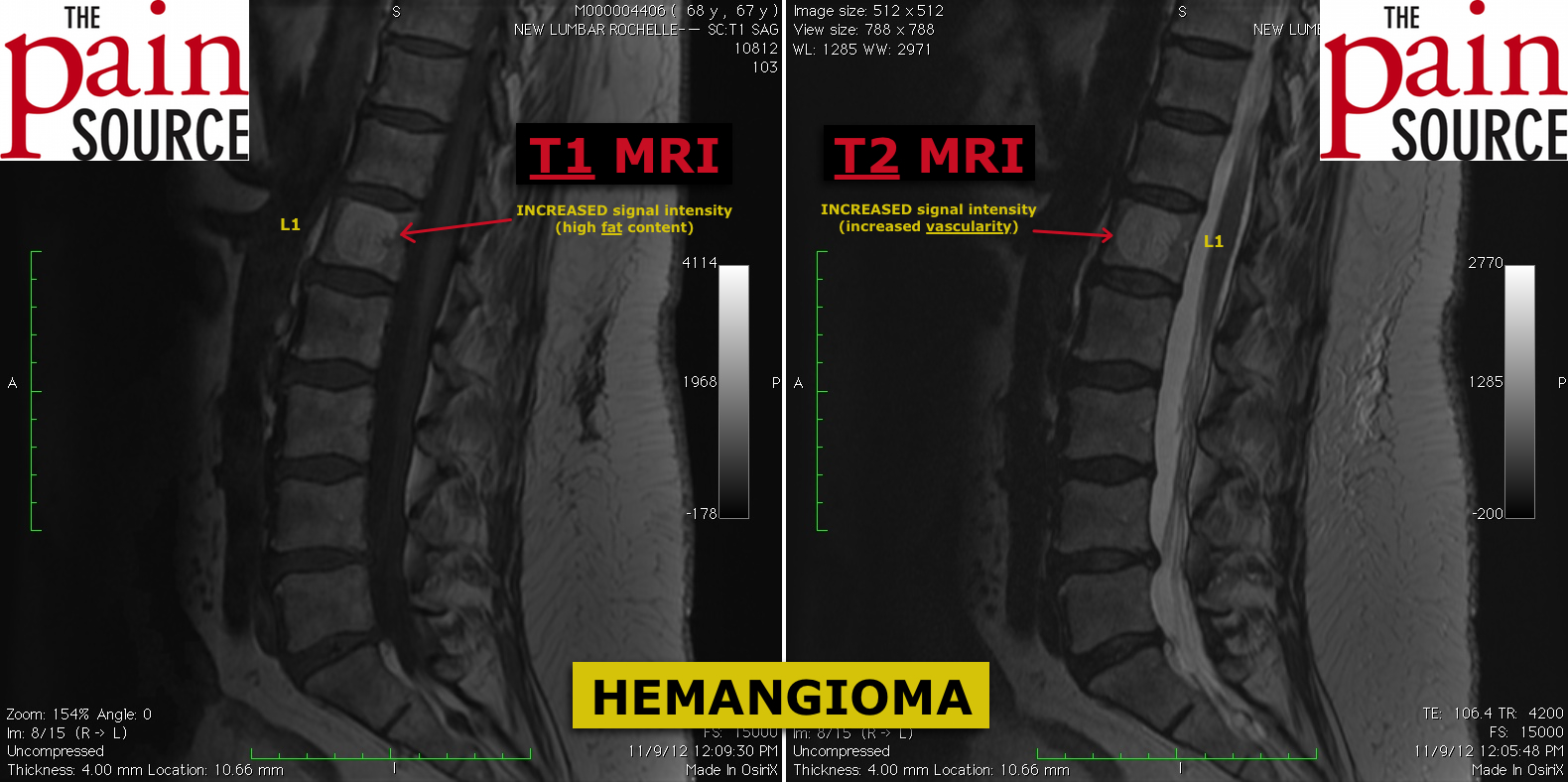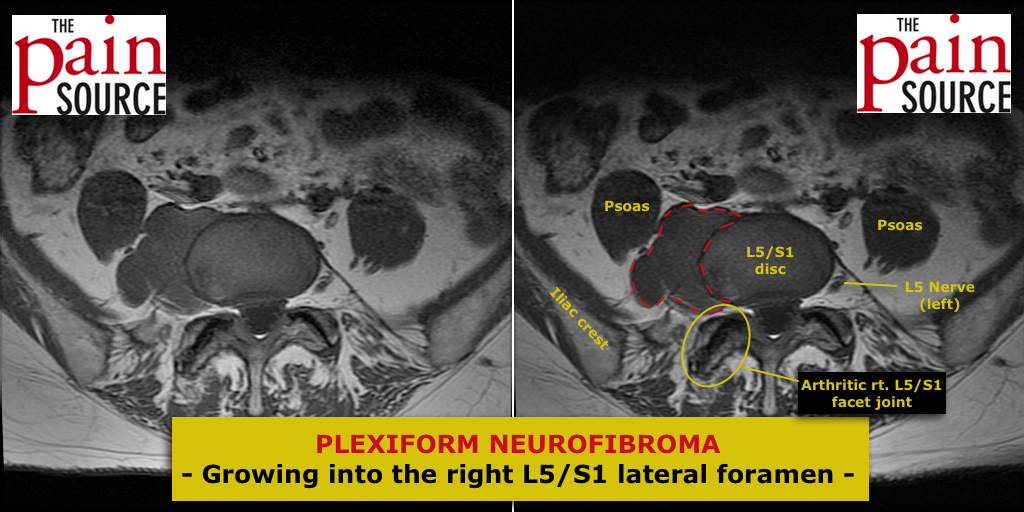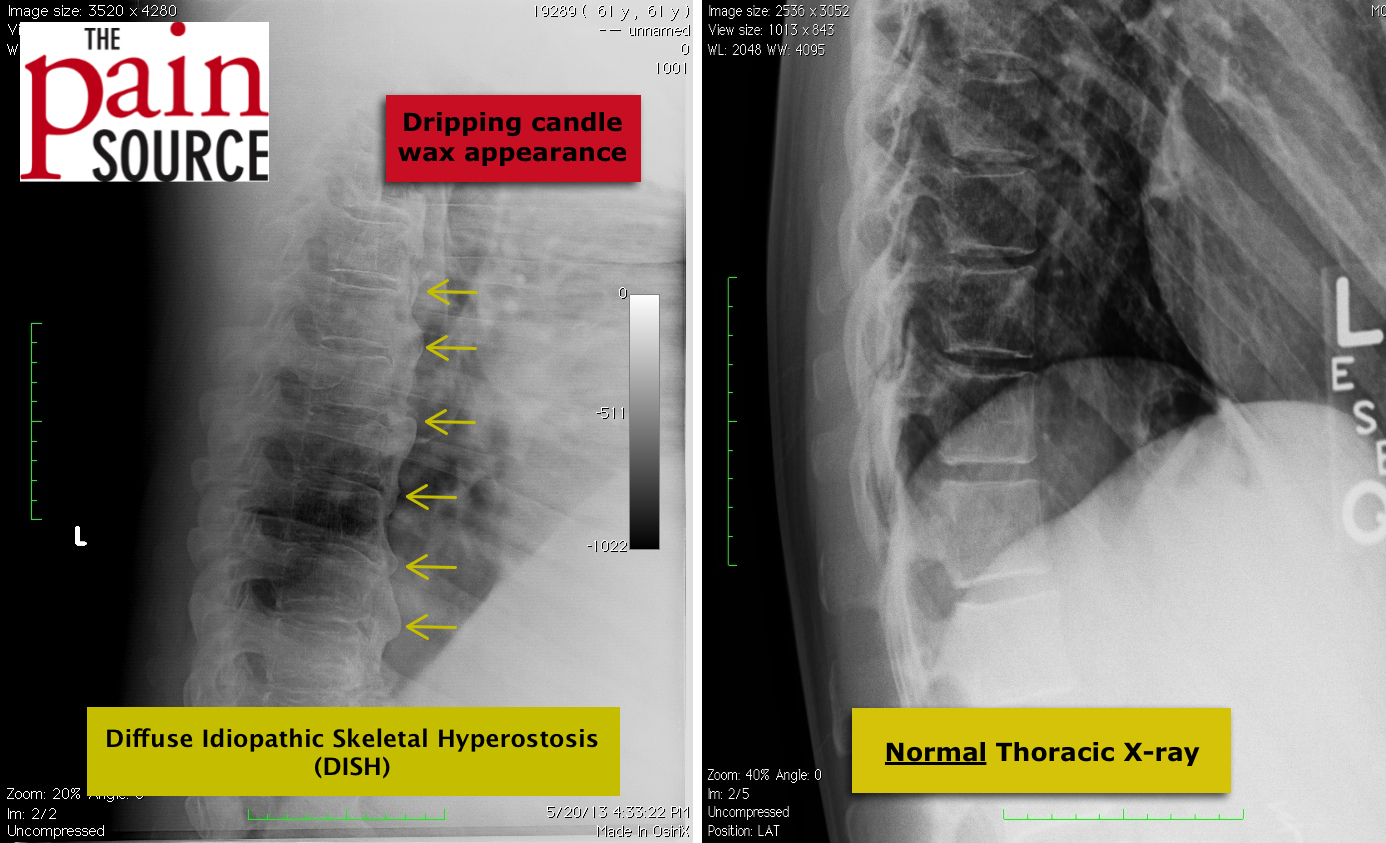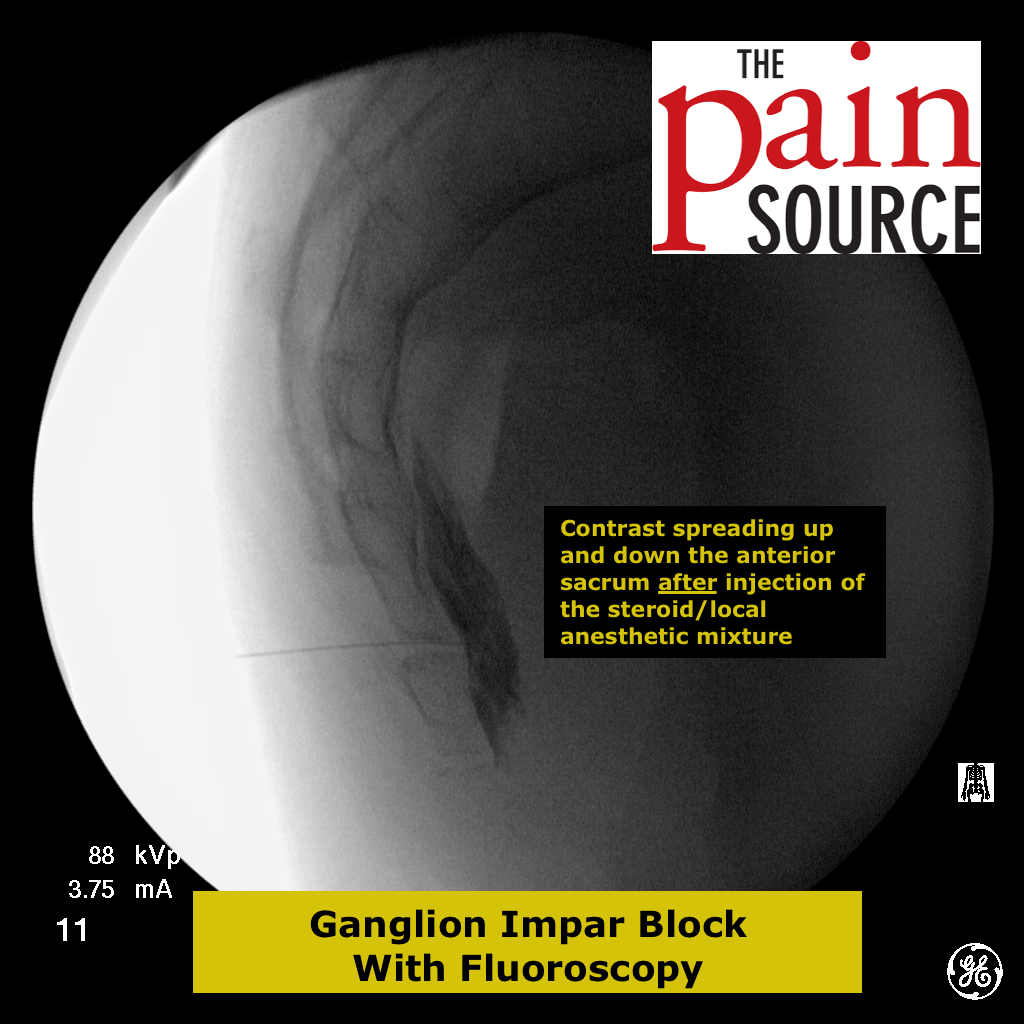** click the blue article titles below for the abstracts
note: recent additions will be added to the top of the list
- Can J Surg. 2013 Feb 1;56(1):014611-14611.
- Retrospective review of charts in Canada
- 91 total patients with lumbar herniated nucleus pulposus
- Results:
- 51 patients avoided surgery after getting a lumbar transforaminal epidural steroid injection (TF ESI)
- 40 patients went on to surgery
- Worker’s compensation patients did significantly worse after transforaminal ESIs
- Conclusion: Transforaminal epidural steroid injections are an important treatment tool, preventing the need for surgery in 56% of patients with LDH.
- Clin J Pain. 2009 Mar-Apr;25(3):206-10
- Looked at patients with axial low back pain only (no radiculopathy)
- In patients with spinal stenosis (SS), the bilateral transforaminal ESI produced better results than the interlaminar approach.
- Authors believe this was because there is more scaring with SS, and this limits the amount of injectate to the ventral epidural space.
11 –Predictive factors of efficacy of periradicular corticosteroid injections for lumbar radiculopathy
- AJNR Am J Neuroradiol. 2006 May;27(5):978-82.
- “…a simple, safe, and effective nonsurgical procedure…that should be performed quite early in the course of the illness”
- Patients with excellent results = ~3 months duration of symptoms before injection
- Patients with poor results = ~8 months duration of symptoms
- Pain Physician. 2006 Oct;9(4):361-6.
- Transforaminal epidural steroid injections: ¹better short-term pain improvement, and ²fewer long-term surgical interventions than interlaminar epidural steroid injection
9 – Effectiveness of transforaminal epidural steroid injections in low back pain: a one year experience
- Pain Physician. 2002 Jul;5(3):266-70
- 59% of patients with discogenic abnormalities on MRI experienced >50% pain relief at one year after initial injection
- Pain Physician. 2004 Jul;7(3):311-7
- Post injection success: One week = 59.6%; One month = 55.8%; One year = 37.2%; Two years = 27.3%
- “…an effective nonsurgical treatment option for patients with degenerative lumbar SCOLIOTIC stenosis and radiculopathy and should be considered before surgical intervention.”
- Korean J Radiol. 2006 Apr-Jun;7(2):139-44 *images of the preganglionic approach can be found in the link above
- “…preganglionic TFESI has the better therapeutic effect…the difference between the two treatments had borderline statistical significance.”
- Chang Gung Med J. 2006 Jan-Feb;29(1):93-9
- “…relatively simple, effective and low-risk alternative to surgical decompression for the treatment of lumbar disc herniation”
- Improves the patient’s daily activity and reduces the need for surgical decompression
- Arch Phys Med Rehabil. 2005 Jul;86(7):1477-83
- The evidence for TFESIs reveals level III (moderate) evidence. More prospective, randomized, placebo-controlled studies using sham procedures are needed.
4 – Fluoroscopy guided L5-S1 transforaminal injection as a treatement for s1 radiculopathy
- J Radiol. 2004 Nov;85(11):1937-41.
- Significant improvement: Day 8 = 60%; Day 30 = 60-67%; Day 90 = 67%
- Good efficacy in the treatment of S1 radiculopathy
3 – Treatment of lumbar spinal stenosis with epidural steroid injections: a retrospective outcome study
- Arch Phys Med Rehabil. 2004 Mar;85(3):479-84
- Used transforaminal and caudal fluoroscopically-guided injections
- Pain relief: More than 2 months = 32%; Less than 2 months = 39%; No relief = 29%
- Improved function in 53%
- Only 20% had surgery
- Spine (Phila Pa 1976). 2002 Jan 1;27(1):11-6
- Lumbar transforaminal ESI vs normal saline trigger point injection (mock ESI)
- After an average follow-up of 1.4 years, the TF-ESI group had success rate of 84%, compared to the trigger point group with 48%
1 – Therapeutic efficacy of selective nerve root blocks in the treatment of lumbar radicular leg pain
- Swiss Med Wkly. 2001 Feb 10;131(5-6):75-80.
- 30 patients with clinical and MRI findings justifying surgery
- 87% had rapid pain relief; 60% had permanent resolution of pain, so surgery was avoided at the average of 16-month follow-up.


